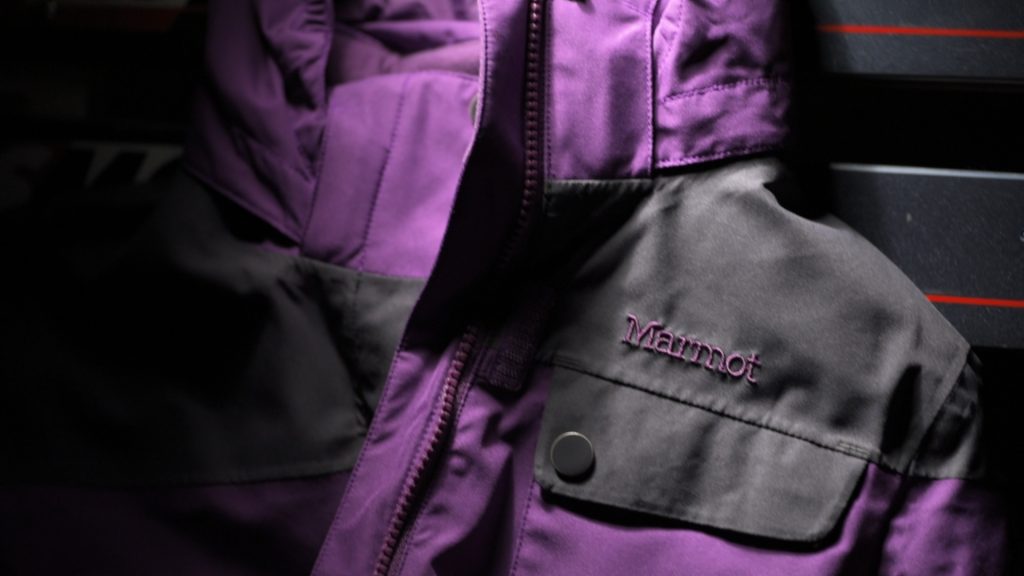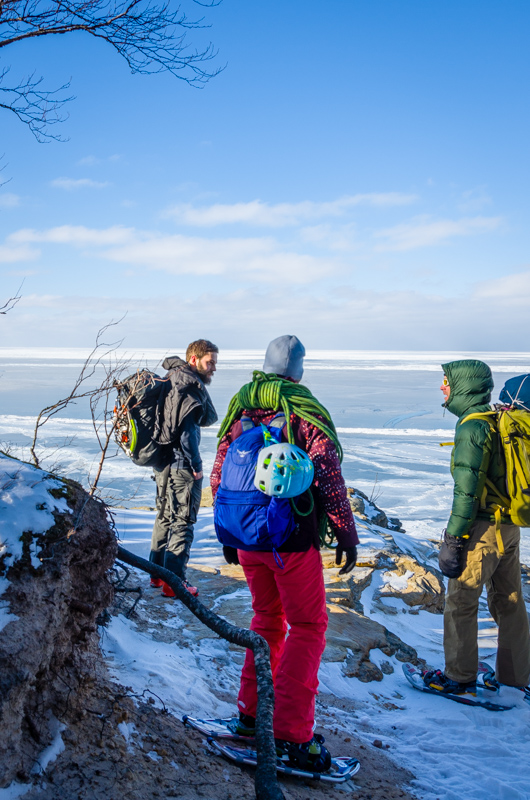Stay safe and comfortable in your backcountry pursuits. It all starts with good gear

Technical Gear
You’ll hear a lot of phrases thrown around by marketing these days: “Technical Outerwear”, “Activewear”, and “Fitness apparel” to name a few. These terms are actually very common in today’s products, and that’s great! It means we as a society are getting more active, or at least more aware of being active.
It’s a lot different than it was 30 years ago, where these terms weren’t so commonplace, when for most people, a jacket’s warmth was measured in its weight.
Today though, our textiles and advanced fabrics have put to shame what we used to think was a a good outdoor product. We’ve learned that having gear that works as a system makes our jaunts in the backcountry much more enjoyable. Having good gear usually means carrying less weight, and less weight is always a good thing when it’s strapped to your back for miles and days.
Let’s break down a few key concepts from today’s modern garments, and understand why the products today are vastly superior to your army surplus coat. Full disclaimer: I still rock my army surplus coat, but usually when I’m stuck working under my vehicle and it’s cold outside.
Moisture Management
The most misunderstood concept in today’s clothing is moisture management. You’d think with as much hype and advertising around this that it would be a settled science.
In a nutshell, we all lose moisture. Breathing and sweating are the two biggest losses of moisture (roughly a liter each night while sleeping). When you’re in the backcountry and it’s cold, you want your skin and your clothing dry. Your clothing needs to work as a system, and it all starts with your baselayers.
Baselayers
The main purpose of your baselayer is moisture control. Warmth is secondary. Have you ever looked at Under Armor’s Coldgear? Its tight. Skin tight. And it needs to be, to work as designed. It is meant to be in instant contact with moisture from your skin, and pull that moisture to the surface of the garment, so it can continue traveling up and out of your layer system. Don’t buy your baselayers too big, buy them fitted.
Stay away from cotton! So many cheap “long johns” are cotton, and that is the worst thing you can wear for a day out in the backcountry. Cotton gets wet, and stays wet – it is very poor at shedding moisture.
Your baselayer is your most important layer.
Midlayer
Here is your first real insulating layer, and it’s usually made from fleece for two reasons:
- It insulates very well
- It dries very fast
Wool is another good option, but it does weigh more, and does not dry as fast. Wearing a fleece is great for moisture and temperature control: a slight amount of airflow can really cool you off, as fleece breathes very well. Its warmth to weight ratio is very good, and because of its breathability, if you get too warm, it’s easy to vent and shed that heat.
Outerwear
Your outerwear is your last line of defense. It can be a softshell, a down jacket, or a hardshell. This is usually your least breathable of all of your clothing layers thus far, which is why it’s important to be able to control airflow into this layer via the main zipper, hem cinch cords, neck cinch cords, vents, and sleeve cuff adjusters.
Those cinch cords are there for a reason: All insulation works by trapping air. The cinch cords tighten the coat against your body, preventing air movement, thus keeping in additional heat. They allow you to vent too, if you get too hot. The last thing you want to do in the cold is start sweating. Your clothing layers will help move moisture, but there is a limit, and keeping yourself from sweating is just as important as wearing the right gear.
How it all works together
Your outdoor clothing is a system. From the baselayer up, the purpose is to move moisture and trap air.
I see boot or glove reviews, where the reviewer complains, “My feet were cold, and these boots were rated for -25, and it was only 30 outside.”
The problem there is a complete lack of understanding on the reviewer, AND the manufacturer. My favorite technical mountaineering boot, La Sportiva’s Nepal EVO does not have a temperature rating. Neither does my favorite ice climbing gloves, Outdoor Research’s Alpine Alibi 2.
Most good technical gear doesn’t. Because it doesn’t work that way. That’s like saying this pair of 32×32 men’s pants fit all men. Every body is different, and the way your body regulates heat, your metabolism, and the number of sweat glands per sq inch you have versus Bob down the street is quite different indeed.
Furthermore, your core temperature controls the warmth in your extremities. If your core gets too cold, your body shuts down blood flow to places far away from the heart, so it can focus on keeping your vital organs alive. Metabolic rate, calorie intake and glucose reserves, in addition to your clothing and moisture management system are all important. So many things go into keeping you warm and dry, it’s no wonder so many get it wrong.

The above picture is a perfect example of different bodies and how they work in the cold. I took this picture on an ice climbing trip in the Upper Peninsula, Michigan. As you can see the man on the left has no gloves, no coat, and no hat. The girl in the middle is dressed slightly warmer, and the man on the right is wearing thick gloves and a down jacket.
None of us were cold in this picture. We had been snow shoeing for three hours, and have generated a lot of heat in that process. We all understood the need to stay sweat free to stay warm, and we layered accordingly.
Designed for adventure
It really comes down to good gear, and using it as it was designed. The manufacturers of technical apparel design and test these products as a system. They’re designed to work together, so wear them together.
Think of the children
I put together my first gear review of children’s ski outerwear, which can be found on my YouTube channel, Adventure Widely, Love Broadly. The video is called, Children’s ski essentials explained. Props to #marmot for making good gear for children, I wish more technical brands made backcountry outerwear for children, but I understand the market dictates demand. So get your kids outside! #optoutside and become one of the few, but growing number of parents who #adventurewidely
Some of my personal favorites
Here’s a brief list of some of my personal favorite backcountry gear, that has seen extreme weather, and not let me down.
- Smart Wool Baselayer top and baselayer bottom (wool resists odor, which is important for multiple days in the backcountry)
- Mountain Hardwear Microchill fleece (great lightweight midlayer)
- Outdoor Research Iceline Pants (One of the few softshell pants with great thigh vents!)
- Outdoor Research Wind Warrior hat (Windstopper material, great warmth for an extremely thin hat)
- Lowa Leather Lined boots: (Leather lined boots breathe much better than GoreTex boots, and give a much better fit too for hard-to-fit feet)
